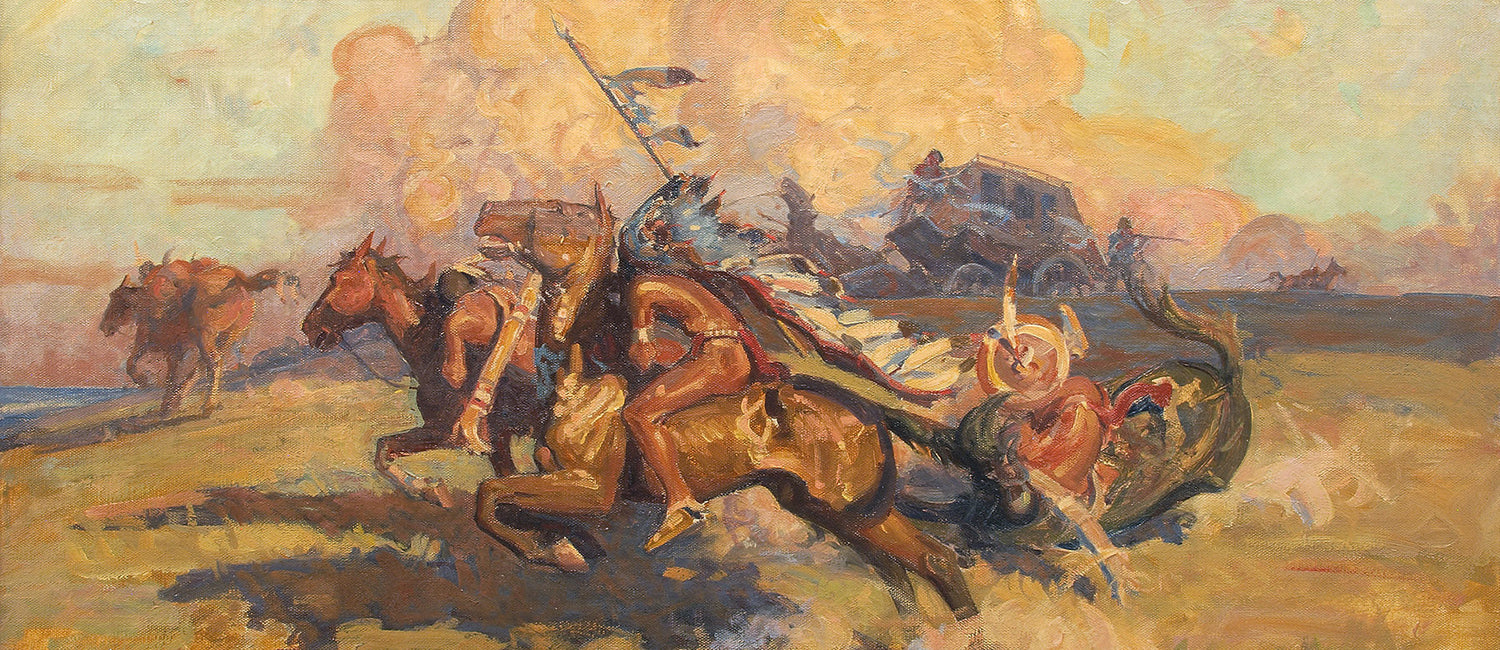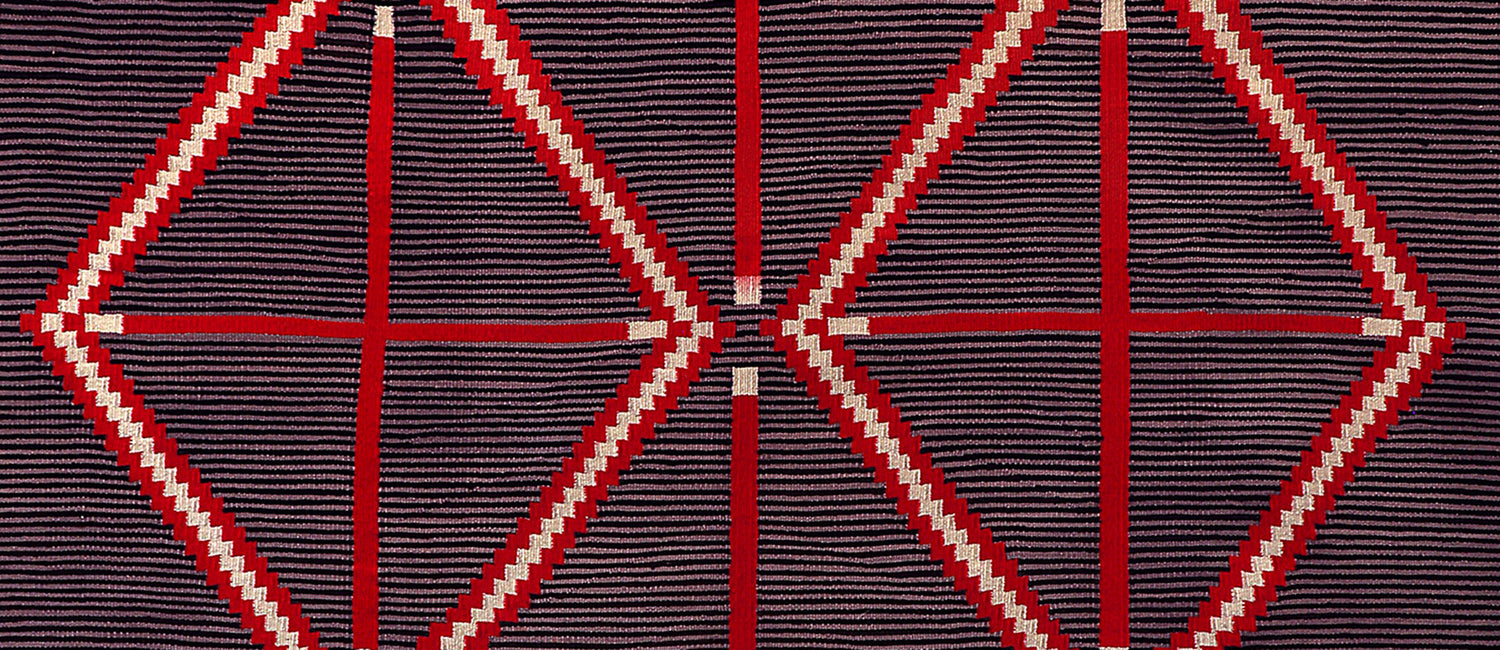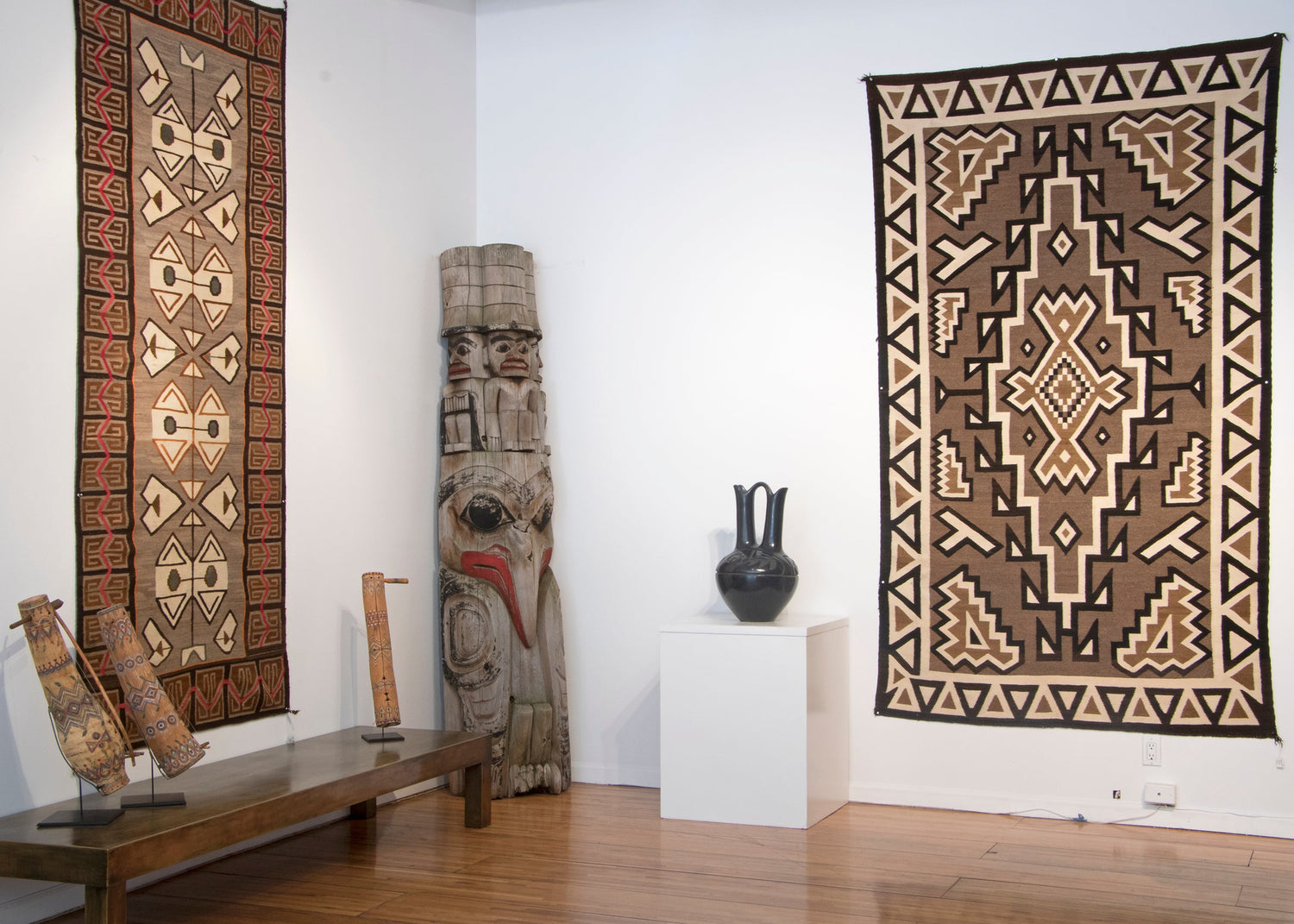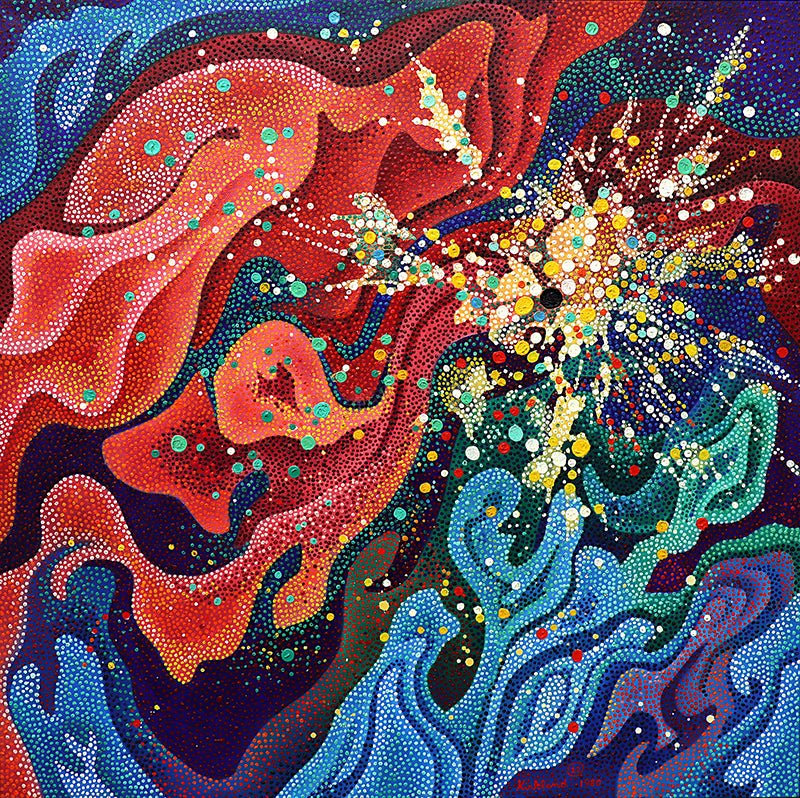Moccasins, Southern Cheyenne, circa 1880, circa 1880
Moccasins, Southern Cheyenne, circa 1880, circa 1880
Pair of 19th century antique beaded moccassins, Southern Cheyenne, circa 1880. Constructed of native tanned hide with glass trade beads. Beadwork elements include geometric and Tipi elements in colors of light blue, yellow, red, dark blue and white. Hide is scalloped along the cuffs.
3 x 2 ¾ x 8 inches
SKU:27106
Couldn't load pickup availability
Share




More about the Cheyenne
The Cheyenne tribe, known for their resilience, rich culture, and profound connection to the Great Plains, hold a significant place in Native American history. The indigenous people are known in their own language as Tsétsêhéstâhese, meaning "The People". Originally part of the Algonquian language family, the Cheyenne people migrated westward from the woodlands of the Great Lakes region to the expansive Great Plains establishing themselves as powerful buffalo hunters and skilled horsemen in present-day Montana, Wyoming, and the Dakotas. Central to Cheyenne culture are their deep spiritual practices, guided by the teachings of their Sacred Medicine Arrows and the revered Sun Dance ceremony. The Cheyenne Nation is traditionally divided into two groups: the Northern Cheyenne, based in Montana, and the Southern Cheyenne, located in Oklahoma. Despite the geographical separation, both communities share a unified cultural heritage. Cheyenne artistry is renowned for its intricate beadwork, quillwork, and beautifully crafted clothing and accessories. Their storytelling, dance, and ceremonies continue to be vital expressions of identity and community.
Related Collections
-

Rugs, Textiles & Fiber Arts
Vintage Navajo Rugs, antique Navajo Blankets, Southwestern rugs, Saltillo Serapes, Classic Period...
-

Western & Native American
Historic paintings depicting the American West, Native American subject matter and artists....
-

Navajo (Diné)
Explore our curated collection of vintage and antique Navajo weavings, including Chief’s...
-

Native American Art
Antique Native American artwork including vintage Navajo rugs, Navajo blankets, Navajo & Pueblo...








